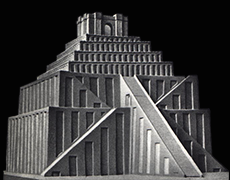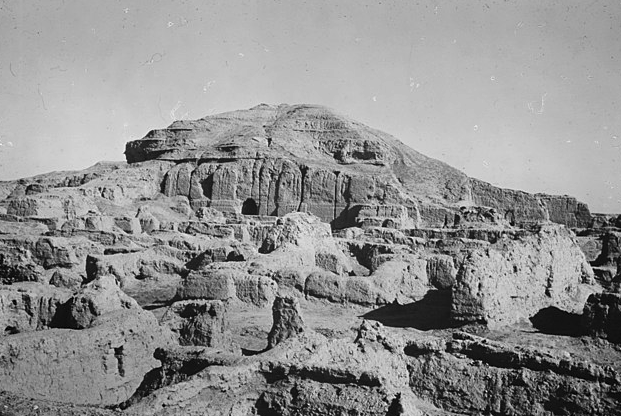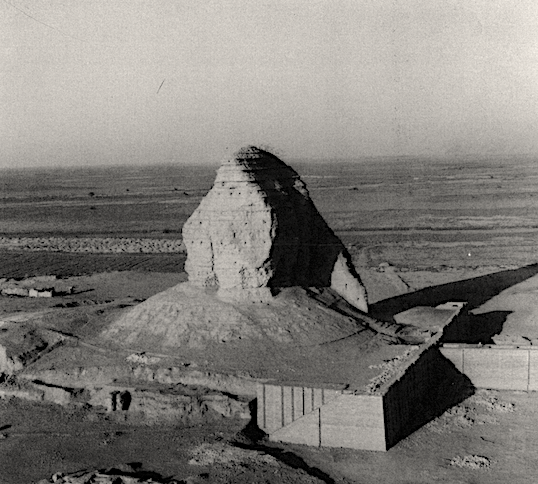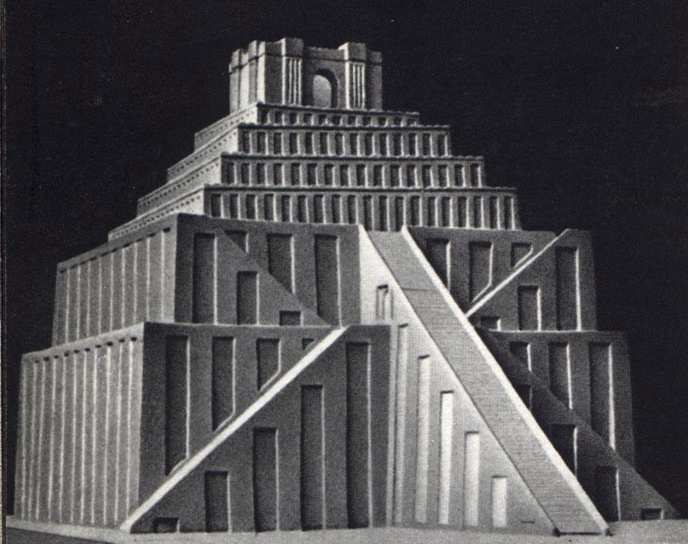
A ziggurat is a massive, rectangular-shaped structure that was commonly built in ancient Mesopotamia (present-day Iraq) during the Sumerian, Akkadian, Assyrian, and Babylonian empires.
These structures served a variety of purposes, including religious, administrative, and residential.
1. Great Ziggurat of Ur
The most well-known ziggurat is the Great Ziggurat of Ur, located in present-day southern Iraq. This structure is believed to have been built around 2100 BCE and stands at a height of over 60 feet.

2. Mud Bricks
The ziggurat was a multi-tiered structure that was typically built with mud bricks. The number of tiers varied, but most ziggurats had at least three levels.
3. Top Level
The top level of the ziggurat was usually dedicated to a temple, where people would go to worship their gods and goddesses. The temple was often dedicated to the patron god or goddess of the city where the ziggurat was located.

4. Lower Levels
Some ziggurats also had administrative or residential functions. The lower levels of the ziggurat were often used as government offices or as living quarters for priests or other important individuals.
5. Most Important Building
The ziggurat was an important architectural form in ancient Mesopotamia, and many cities had one or more ziggurat structures. In some cases, the ziggurat was the most important building in the city and was considered the center of the city’s religious and political life.

6. Most Famous Ones
Ziggurat were built across Mesopotamia, but the most famous ones are located in Ur, Uruk, and Babylon.
7. Destroyed or Dismantled
Many ziggurat were destroyed over time, leaving only their ruins. Some ziggurat were deliberately dismantled to reuse their bricks in other structures, while others were simply abandoned and fell into disrepair.
8. Architectural Wonders
Ziggurat are considered as one of the first examples of monumental architecture, a symbol of the Mesopotamian civilization and their religious beliefs, and are considered architectural wonders of the ancient world.

